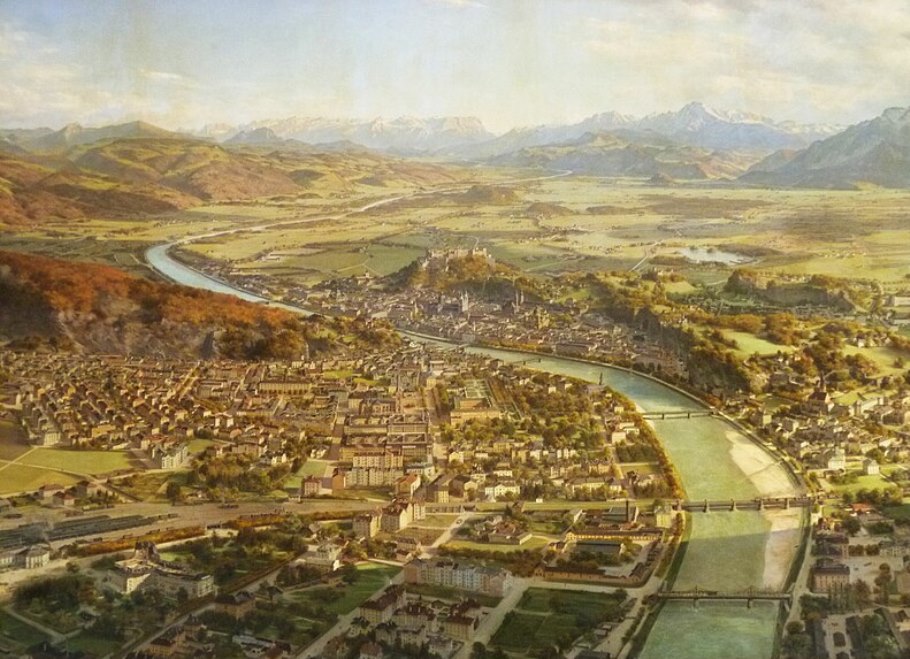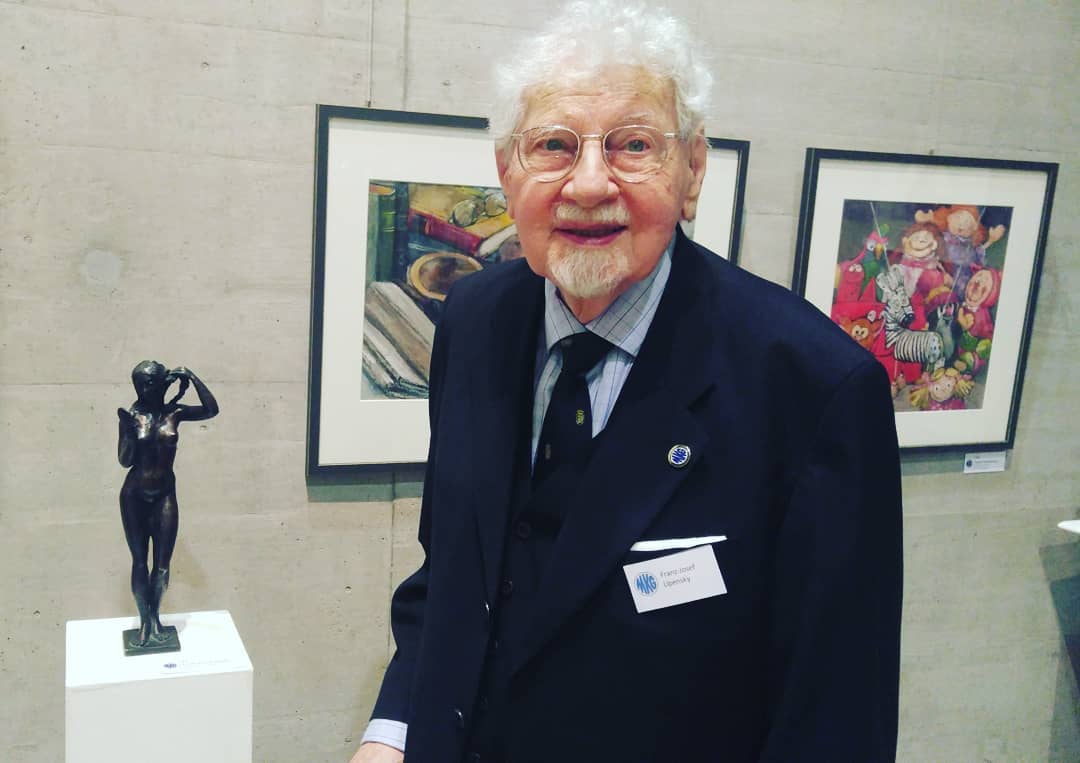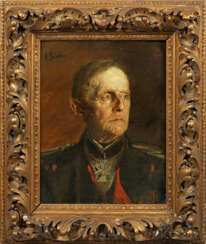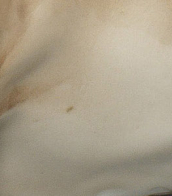franz burger

Franz Xaver Nachtmann was a German painter.
He studied at the Academy of Fine Arts in Munich, then worked as a floral artist at the Nymphenburg porcelain factory. A versatile artist, from 1827 Nachtmann switched to landscapes, interior, palace and architectural painting, and also painted portraits and genre scenes.


Franz Wilhelm Johann Bunke was a German landscape painter.


Franz Kulstrunk was an Austrian painter, a representative of the conservative Salzburg artists.
He painted mountain, river and field landscapes, watercolors of castles and palaces in Upper Austria, and also made many drawings of traditional costume. Franz Kulstrunk's main work, however, is a colossal bird's-eye panorama of the city of Salzburg (1916), which is housed in the Salzburg Town Hall. The painting is assembled from a large number of parts.
Franz Kulstrunk spent a lot of time teaching drawing to students in various schools. In 1903 he published his textbook "Modern Drawing in Austrian Elementary Schools".




Franz Nölken was a German painter of the early twentieth century. He is known as a painter and a member of the Bridge art group, which became the founder of German Expressionism.
Franz Nölken, mastering a variety of techniques including oil, pastel and watercolor, excelled in portrait painting, as well as creating landscapes and still lifes. His work is characterized by virtuoso drawing and a desire to simplify his pictorial media. Conscripted during World War I, Nölken died in northern France just before the end of the war. He left an important mark on the history of Expressionism.


Franz Radziwill was a German artist of the twentieth century. He is known as a landscape painter, graphic artist and printmaker associated with the artistic movement of "new materiality".
Franz Radziwill created paintings that are characterized by careful elaboration and the use of glaze techniques borrowed from the Old Masters. He used elements of industrial buildings and modern technology, including ships and airplanes, in his landscapes. The results of his work can be categorized as magical realism.
In 1933 Radziwill became professor of painting at the Düsseldorf Academy of Art, but in 1935 the Nazis stripped him of this position, declaring his work degenerate art.


Franz Nölken was a German painter of the early twentieth century. He is known as a painter and a member of the Bridge art group, which became the founder of German Expressionism.
Franz Nölken, mastering a variety of techniques including oil, pastel and watercolor, excelled in portrait painting, as well as creating landscapes and still lifes. His work is characterized by virtuoso drawing and a desire to simplify his pictorial media. Conscripted during World War I, Nölken died in northern France just before the end of the war. He left an important mark on the history of Expressionism.


Franz Johann Wilhelm Hünten was a 19th century German marine painter.


Franz Seraph Lenbach was a German painter known primarily for his portraits of prominent personalities from the nobility, the arts, and industry. Because of his standing in society, he was often referred to as the "Malerfürst" (Painter Prince).


Franz Seraph Lenbach was a German painter known primarily for his portraits of prominent personalities from the nobility, the arts, and industry. Because of his standing in society, he was often referred to as the "Malerfürst" (Painter Prince).


Franz Nölken was a German painter of the early twentieth century. He is known as a painter and a member of the Bridge art group, which became the founder of German Expressionism.
Franz Nölken, mastering a variety of techniques including oil, pastel and watercolor, excelled in portrait painting, as well as creating landscapes and still lifes. His work is characterized by virtuoso drawing and a desire to simplify his pictorial media. Conscripted during World War I, Nölken died in northern France just before the end of the war. He left an important mark on the history of Expressionism.


Franz Christian Gundlach was a German photographer, gallery owner, collector, curator and founder.


Franz Barbarini was an Austrian landscape painter, engraver and etcher.


Franz Seraph Lenbach was a German painter known primarily for his portraits of prominent personalities from the nobility, the arts, and industry. Because of his standing in society, he was often referred to as the "Malerfürst" (Painter Prince).


Franz Johann Wilhelm Hünten was a 19th century German marine painter.












































































